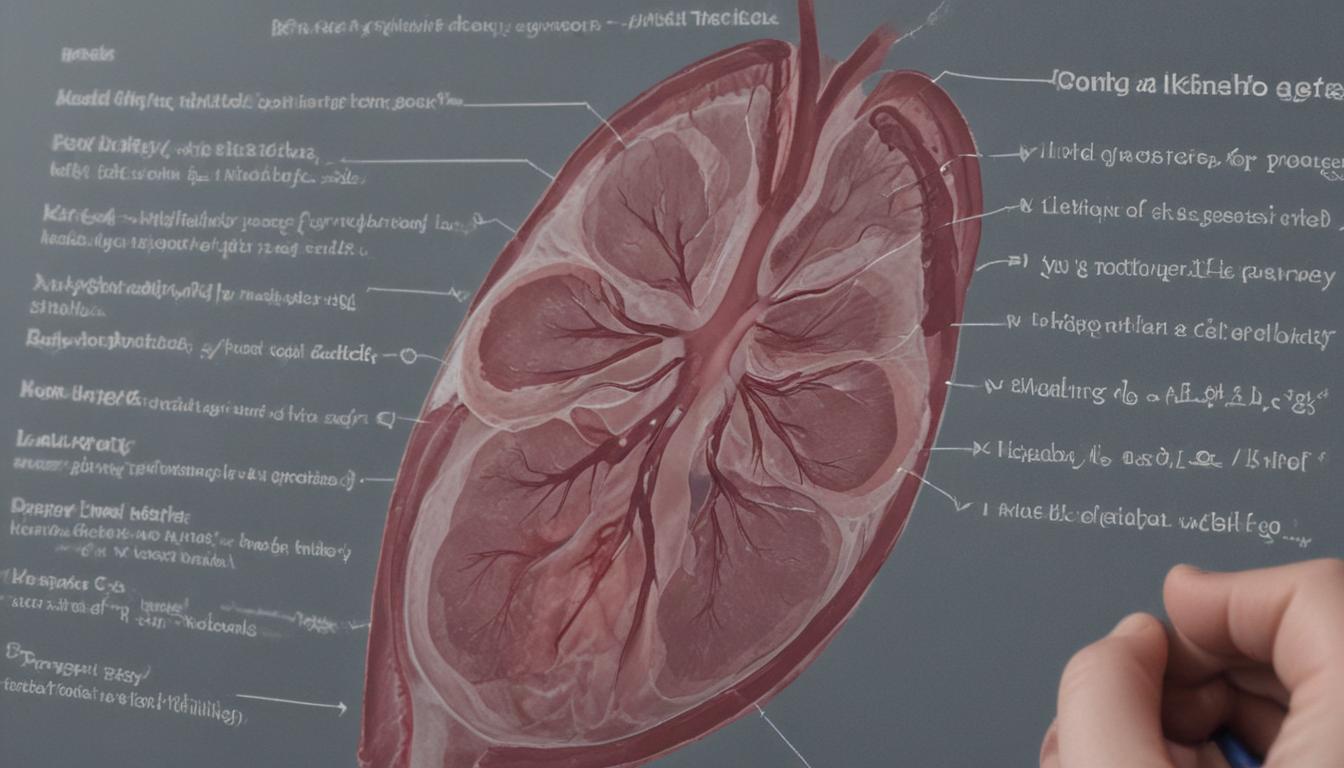Now Reading: Kidney Disease A Simple Guide
- 01
Kidney Disease A Simple Guide
Kidney Disease A Simple Guide

Understanding Kidney Disease A Simple Guide to Symptoms and Stages
Receiving a diagnosis related to your kidneys or worrying that you might be at risk can feel overwhelming and isolating. The medical terms sound complex, the future feels uncertain, and it’s easy to get lost in a sea of confusing information. You might be asking yourself what this means for your life, your daily habits, and your health long-term. The most powerful tool against this fear and confusion is clear, straightforward knowledge. This guide is designed to be your starting point, breaking down the essentials of kidney disease into simple, understandable terms. We will walk you through what your kidneys do, the different types of kidney conditions, the signs to watch for, and how you can actively manage your health.
Knowledge empowers you to have more productive conversations with your doctor and make informed decisions about your well-being. By the end of this article, you will have a solid foundation for understanding kidney health, turning anxiety into action and uncertainty into a clear path forward.
What Your Kidneys Actually Do
Many of us know the kidneys are involved in making urine, but their role in our overall health is far more extensive and critical. Think of your two bean-shaped kidneys as the body’s master chemists and purification plant. Located on either side of your spine just below the rib cage, these remarkable organs work 24/7 to filter about half a cup of blood every single minute. They tirelessly remove waste products, toxins, and excess water from your bloodstream. This filtered waste becomes urine, which flows to your bladder to be removed from the body.
Beyond this primary filtering function, your kidneys are responsible for a delicate balancing act that keeps your body in harmony. They regulate your body’s salt, potassium, and acid content, ensuring your cells can function correctly. They also produce crucial hormones that help control your blood pressure, stimulate the production of red blood cells to prevent anemia, and activate Vitamin D, which is essential for strong bones and a healthy immune system. When your kidneys are healthy, this entire system works silently and efficiently in the background.
Chronic vs Acute Kidney Disease
When we talk about kidney disease, it is important to understand that the term can refer to different conditions, primarily divided into two categories Chronic Kidney Disease and Acute Kidney Injury. Knowing the difference is key to understanding a diagnosis and treatment plan.
Chronic Kidney Disease CKD
Chronic Kidney Disease, or CKD, is the most common form. It involves a gradual and progressive loss of kidney function over a period of months or, more often, years. This slow decline means that symptoms may not become apparent until the disease has advanced significantly. CKD is often caused by long-term health issues that place sustained stress on the kidneys, such as uncontrolled diabetes and high blood pressure. The damage from CKD is typically permanent, so management focuses on slowing its progression and preserving as much kidney function as possible for as long as possible.
Acute Kidney Injury AKI
Acute Kidney Injury, or AKI, is a completely different scenario. It is characterized by a sudden and rapid loss of kidney function that occurs over hours or days. AKI is often a complication of another serious medical event, such as a severe infection, a major injury, dehydration, or a reaction to certain medications. Unlike CKD, the damage from AKI can often be reversed if the underlying cause is identified and treated quickly. With prompt medical care, kidney function can return to normal or near-normal levels.

Recognizing the Subtle Signs and Symptoms
One of the greatest challenges of Chronic Kidney Disease is that it is often a “silent” illness in its early stages. Many people have no idea their kidney function is declining because they feel perfectly fine. As the disease progresses and more waste and fluid build up in the body, symptoms may begin to emerge. However, these signs are often non-specific and can easily be mistaken for other conditions.
Common symptoms to be aware of include persistent fatigue and low energy, trouble concentrating, a decreased appetite, difficulty sleeping, muscle cramping at night, and swollen feet and ankles. You might also notice puffiness around your eyes, especially in the morning, or changes in your urination habits, such as needing to go more often or seeing foamy or bubbly urine. Because these symptoms can be subtle, it is crucial to speak with a healthcare provider if you notice any of them, especially if you have known risk factors.
Key Risk Factors You Should Know
While anyone can develop kidney disease, certain conditions and lifestyle factors significantly increase your risk. Being aware of these risk factors allows you to be proactive about your health, get regular screenings, and make changes to protect your kidneys. The two leading causes of Chronic Kidney Disease are by far the most significant risk factors to manage.
The Main Causes Diabetes and High Blood Pressure
Diabetes is the number one cause of kidney failure. Consistently high blood sugar levels can damage the tiny filtering units within the kidneys over time, impairing their ability to clean the blood. The second leading cause is High Blood Pressure, also known as hypertension. High pressure in the blood vessels can damage and weaken them throughout the body, including the delicate vessels in the kidneys that are essential for filtration.
Other Important Risk Factors
Other important risk factors include having a family history of kidney disease, being over the age of 60, belonging to certain ethnic groups with a higher prevalence, and having other conditions like heart disease or obesity.


































